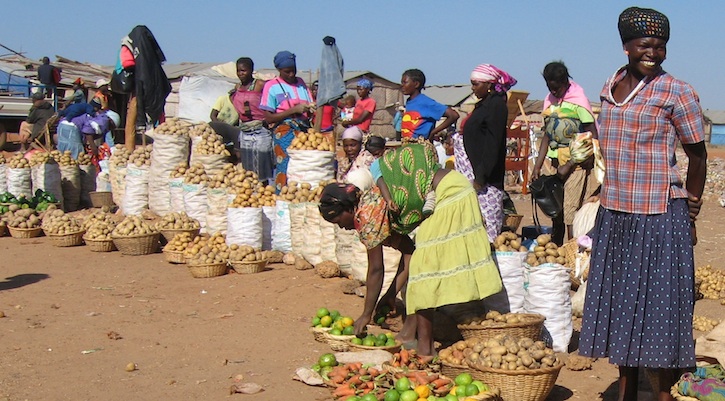Mobile operators are short term cure, long term cause of broadband divide
broadband, casf, competition, cpuc, mobile, planet earth, public policy, south africa

Mobile broadband networks are increasingly ubiquitous throughout the world, and are the most widely used way of accessing the Internet in developing countries. But that’s despite high costs and stingy caps on data transfer. As a solution for increasing primary household access to broadband and encouraging people to use it, mobile networks have limited potential, according to a South African broadband policy study…
… MoreOf the access mechanisms, mobile coverage is the most extensive, but mobile broadband access is limited to lucrative urban areas and data costs are relatively high.


